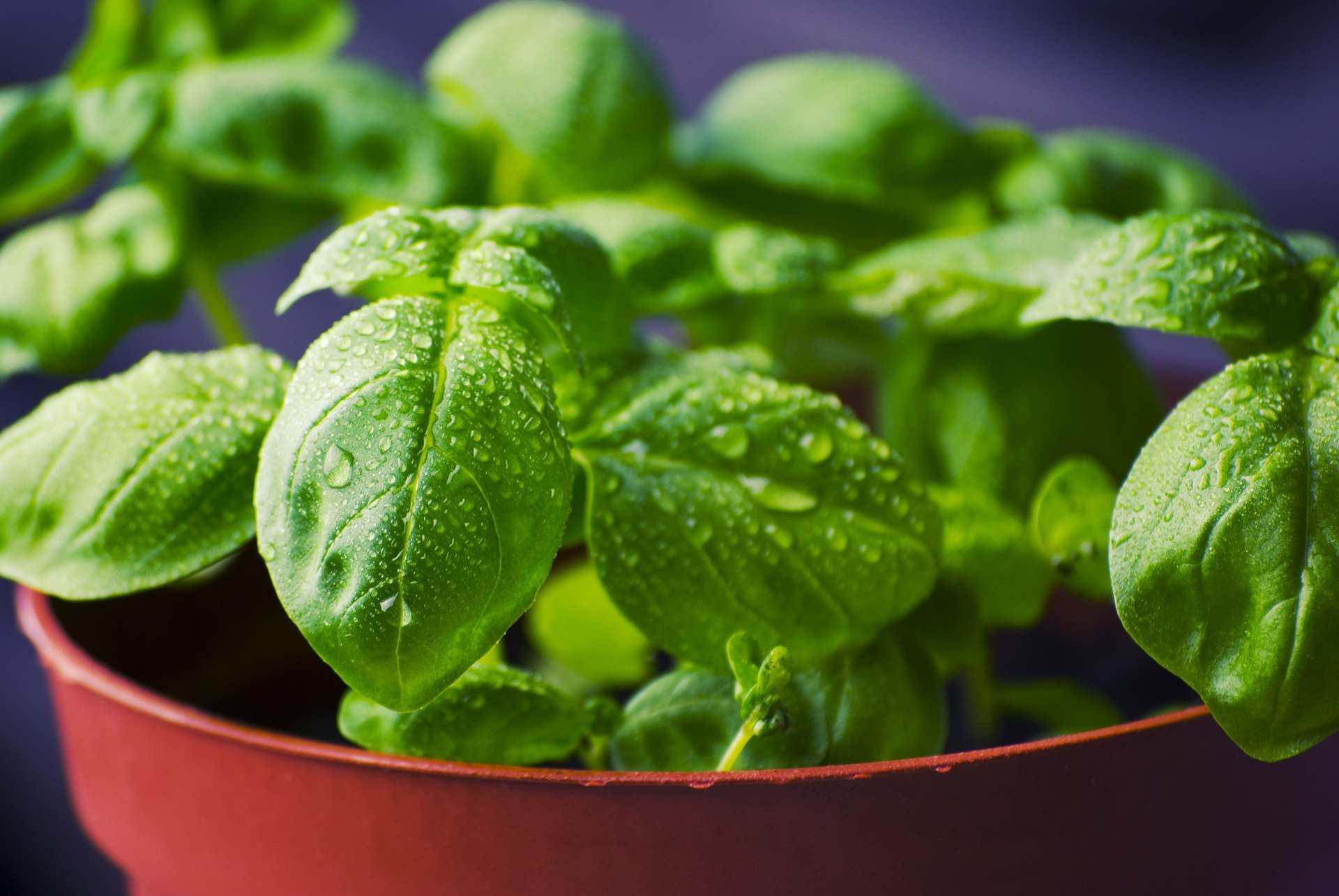How to Garden Indoors | Tip of the Week

The backyard garden may be finished for the season, but you can keep your green thumb in shape with an indoor herb garden this fall and winter.
If you choose the right conditions, windowsill herb gardening requires little time and effort. If you have a sunny exposure for a south or west facing window, you've got most of what you need to cultivate an herb garden all winter long. In return, you'll get the joy of greenery plus some extra flavor to add to your meals.
The basics of creating an indoor herb garden
- Light - Place plants where they will receive full and direct sunlight at least 6 hours per day.
- Water - Most herbs prefer moist, but well-drained soil. It can be easy to over-water container herbs, which leads to root rot. To avoid this, use containers with drainage holes and check moisture before watering. Water plants at the base of plant, not over the top.
- Containers - Most any container is suitable but know their differences. Clay pots allow for good air movement, but soil will dry faster and require more frequent watering. Glazed ceramic pots are more restrictive in terms of air circulation but hold water well. Know your container and water accordingly.
- Chives are well-suited to containers and can be moved indoors and out with the seasons. Make sure soil is not constantly wet. Harvest leaves from the outside of the plant.
- Dill is often best started from seed because it does not transplant well. Thin seedlings to prevent over-crowding as plants mature.
- Parsley grows well indoors. Harvest small amounts at a time to prolong growth and cut flowers back when they first appear. Leaves are no longer tasty after the plant has bloomed.
- Cilantro can be off-putting to some, but if you enjoy the taste it's a key ingredient in many cuisines including Mexican, Chinese and Thai.
This entry was posted in
DIY



